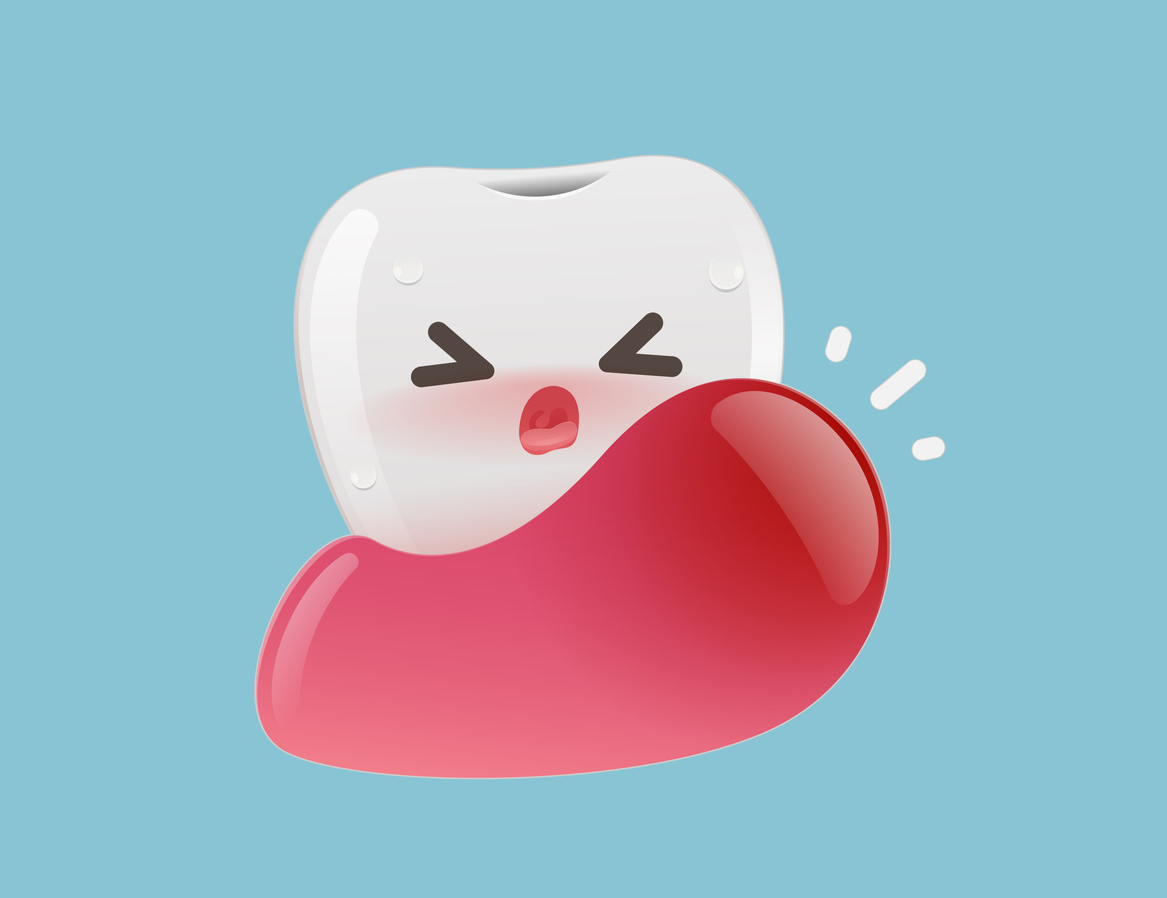Gum disease can also be referred to as periodontal disease. It is a chronic infection of the gum tissue that can lead to various negative consequences, including tooth loss and jawbone damage. But what causes gum disease? In this article, we address this question and talk about periodontal disease treatment methods.
What Causes Gum Disease?
The leading cause of gum disease is bacteria that live in plaque and tartar. Insufficient oral hygiene leads to plaque accumulation on the teeth, which hardens over time if not removed regularly. Hardened plaque is called tartar, and it is impossible to remove without special dental instruments. In addition to bacteria that proliferate in plaque and tartar, both of these substances are acidic, which is also destructive to the tooth enamel and gum tissue.
Apart from plaque and tartar accumulation due to insufficient oral hygiene, risk factors for gum disease include:
- Smoking reduces blood flow to the gums, weakens the immune system, and hinders the healing process. In fact, smokers are 2–6 times more likely to develop gum disease than non-smokers.
- Hormonal changes (for example, due to pregnancy, menopause, menstruation, and puberty) can make gums more sensitive and prone to inflammation.
- Chronic health conditions, such as diabetes (especially uncontrolled) and systemic diseases that affect immunity, increase gum disease risk and its severity.
- A genetic predisposition to gum problems, even with good oral care.
- Certain medications (antihistamines, antidepressants, blood pressure medications) can reduce saliva flow, leading to a dry mouth, which in turn makes gums more vulnerable to infection. Additionally, anti-seizure medications or calcium channel blockers can cause gum overgrowth, making cleaning more difficult.
- Insufficient nutrition, particularly a diet low in vitamin C and antioxidants, can weaken gum tissue and hinder regeneration and immune defenses.
- Chronic stress weakens the immune response, making it harder for the body to fight gum infections.
- Orthodontic issues, such as misaligned or crowded teeth, or poorly fitting crowns or bridges, make plaque removal more difficult on a daily basis, thereby increasing its accumulation and, consequently, the risk of gum disease.
- Aggressive brushing and flossing can lead to regular gum bleeding and damage, making the gums more susceptible to infection.
Gum Disease Treatment Methods
It is essential to note that gum disease can be fully reversed only in its earliest stage, known as gingivitis. If the condition is not addressed in time, it becomes chronic and can only be controlled, but not fully treated.
Oral Hygiene Improvement
At any stage of gum disease, improvement of daily oral hygiene is of paramount importance. You must commit to brushing your teeth twice a day with fluoride toothpaste for at least two full minutes (30 seconds per each side of both the lower and upper arches). Pay special attention to brushing along the gumline and in hard-to-reach areas, but be careful not to harm the gums. We recommend choosing a toothbrush that is effective at cleaning, but not too hard and abrasive.
Also, floss every evening, cleaning each tooth on both sides. A water flosser can help further enhance your hygiene if used as the first step in your routine, in addition to traditional brushing and flossing. You can also use a water flosser to give your teeth a quick clean after meals.
In-Office Procedures
Professional procedures aimed at gum disease treatment and management include:
- Dental cleanings and fluoride treatments (at least 2 times a year, and more often if gum disease is active)
- Deep cleanings (scaling and root planing)
- Periodontal pocket reduction surgery
- Gum and bone grafting (when significant tissue damage occurs)
- Guided tissue regeneration
Treat Gum Disease at Dental Care of Pomona
Remember that addressing gum disease as soon as the first symptoms appear is crucial for successful treatment. Do not hesitate to make an appointment with an experienced dentist at Dental Care of Pomona today. In our office, we utilize modern and reliable methods to deliver results to each patient. We are looking forward to your visit.


